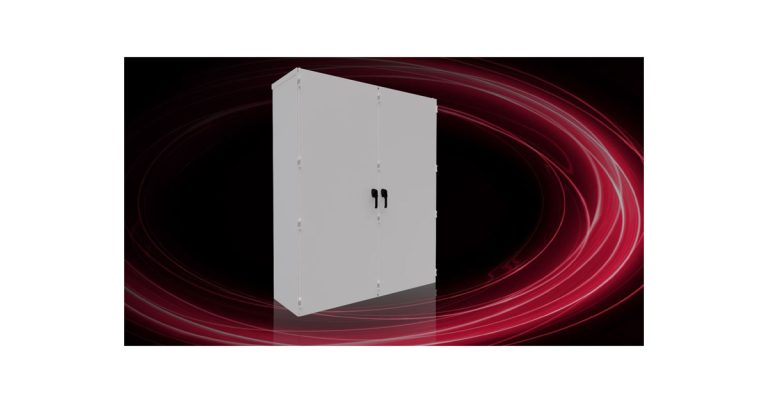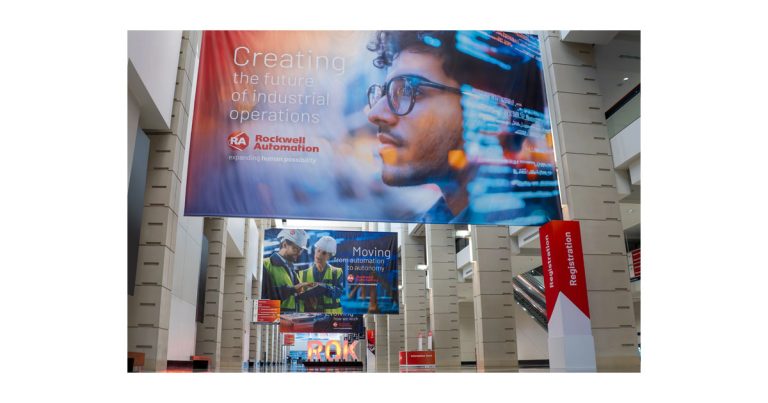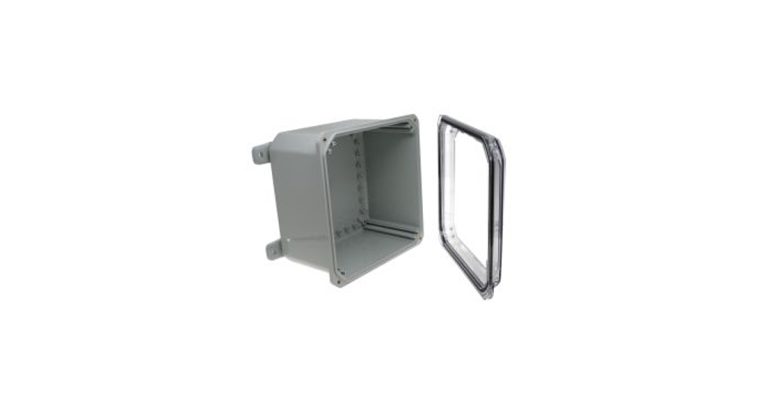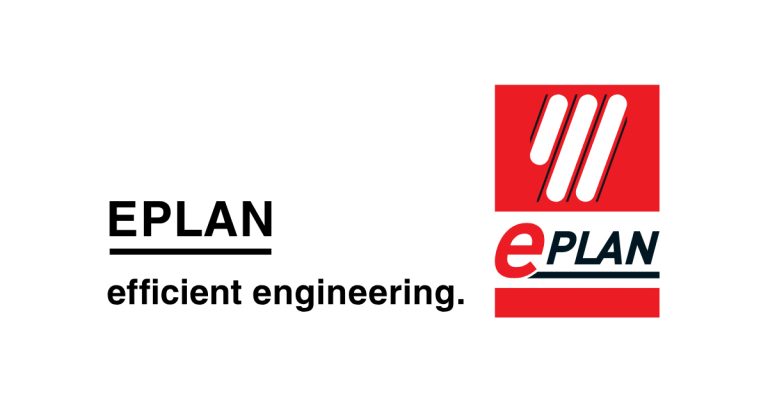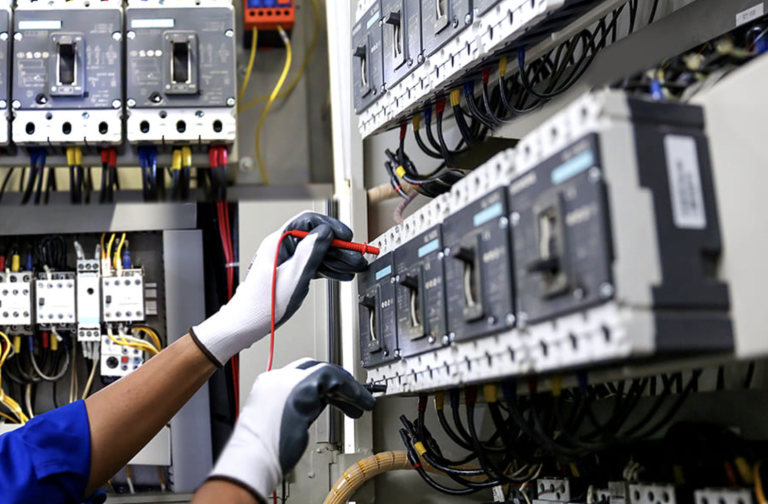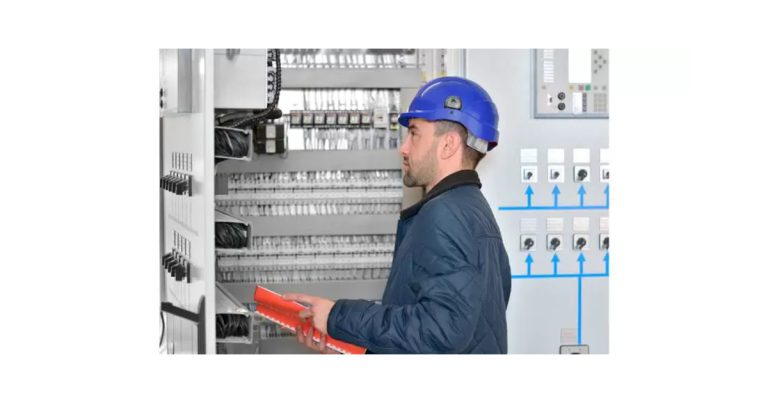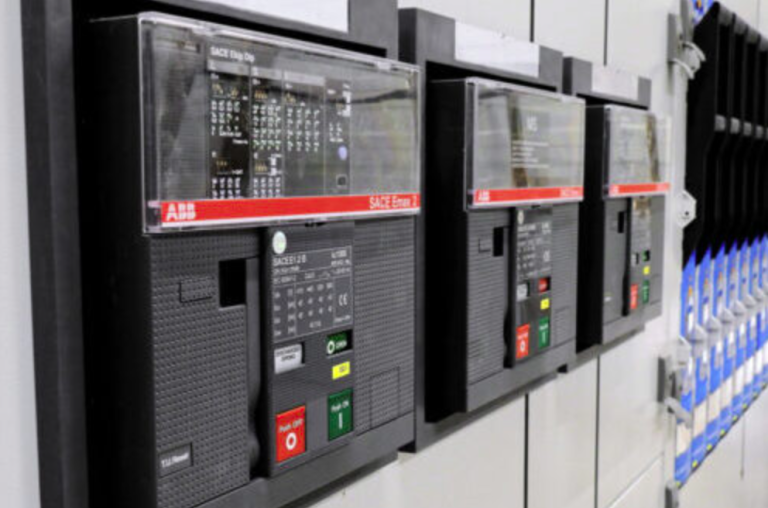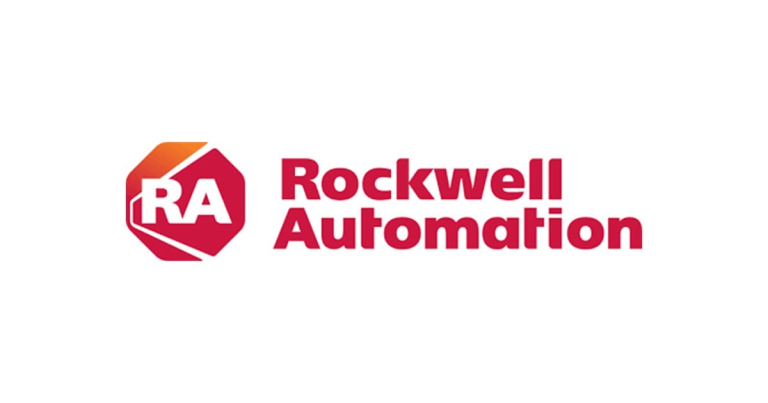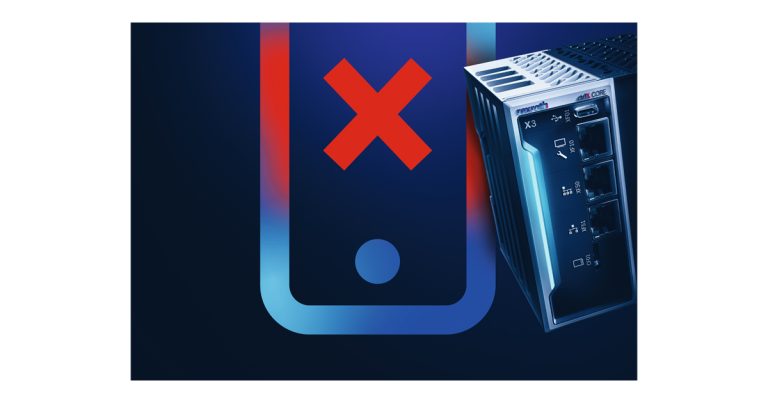New VX Hybrid Double Door Enclosure Simplifies Configuration and Installation
One of the biggest benefits with modular enclosures is how they simplify and accelerate configuration and installation in service of helping companies reduce lead times and navigate labor shortages. Plus, the modular design of such enclosures helps reduce your bill of materials (BOM) and makes it easier to maintain enclosures in the field. However, it can be a challenge finding a modular enclosure that marries this level of flexibility with the required durability and rigidity necessary for deployment in more intense or extreme industrial applications. This kind of enhanced protection was usually reserved for unibody enclosures, but Rittal’s new VX Hybrid Double Door enclosure changes the game, providing exceptional durability and rigidity without complicating the configuration and installation process.

